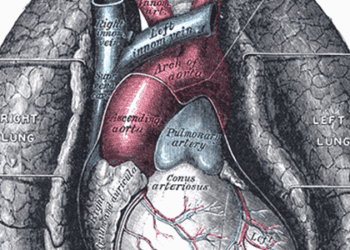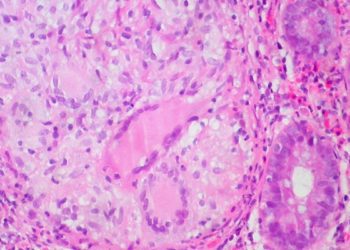Preschoolers not offered sufficient physical activity time
1. Preschool children did not have opportunities to engage in active play time for the majority (88%) of their time spent at childcare facilities.
2. Children were more physically active when given opportunities to be outdoors than time spent indoors.
Study Rundown: Currently, a significant amount of children are not meeting recommendations for daily physical activity, leading to poor health outcomes. Childcare facilities play a key role in this issue, as many children attend preschools or other structured childcare programs. Authors of the current study focused on quantifying available physical activity opportunities in childcare settings to identify future areas of intervention. Results indicated that children were not offered active play opportunities for the majority of the childcare day. Children were found to be more active outdoors and more sedentary during teacher-led indoor activities. Only a minority of children were meeting the recommended amount of daily moderate-vigorous physical activity (MVPA). These results may be limited as the study was confined to a small geographic area and different types of activities may have occurred on days without observers present. However, these findings should urge clinicians to encourage both parents to offer increased play opportunities at home as well as childcare workers to provide more outdoor play opportunities.
Click to read the study, published today in Pediatrics
Relevant Reading: Systematic review of the health benefits of physical activity and fitness in school-aged children and youth
Study Author, Dr. Pooja S. Tandon, MD, MPH, talks to 2 Minute Medicine: Seattle Children’s Research Institute.
“Children need daily opportunities for physical activity not only for optimal weight status but because physical activity promotes numerous aspects of health, development and well-being. Pediatric health care providers can play an important role in encouraging active play opportunities in all the settings where children spend time such as home, child care and school. This study found that preschool-age children are not presented with sufficient opportunities for active play at child care, which sets them up for suboptimal levels of daily physical activity at such a young age. Health care providers, parents, child care providers, policy makers and other stakeholders need to prioritize active play and support strategies such as increased time outdoors (which was associated with increased physical activity) to encourage health promoting behaviors beginning in the critical early childhood years.”
In-Depth [cross-sectional study]: Between 2012 and 2014, a total of 98 children (mean age of 4.5 years) were included for analysis from 10 child care centers in the Seattle, Washington area. Children wore accelerometers to measure activity levels and trained research staff observed classrooms for 50 total days with a minimum of 4 full days per center. The observer documented when the children were engaging in various activities. Results indicated that children were not involved in active play opportunities for 62% of the childcare day. Another 26% of the day was spent on naptime, while the remaining 12% accounted for actual active play opportunities. A total of 34% of all children attained ≥60 minutes of MVPA. Children were more sedentary and attained less MVPA during teacher-led indoor active time than indoor or outdoor child-initiated free play times (p <.001). Children who were outside, as compared to inside, were found to be less sedentary (38% vs. 76%, p < .001) and spent more time in MVPA (44% vs. 12%, p < .001).
Image: CC
©2015 2 Minute Medicine, Inc. All rights reserved. No works may be reproduced without expressed written consent from 2 Minute Medicine, Inc. Inquire about licensing here. No article should be construed as medical advice and is not intended as such by the authors or by 2 Minute Medicine, Inc.







